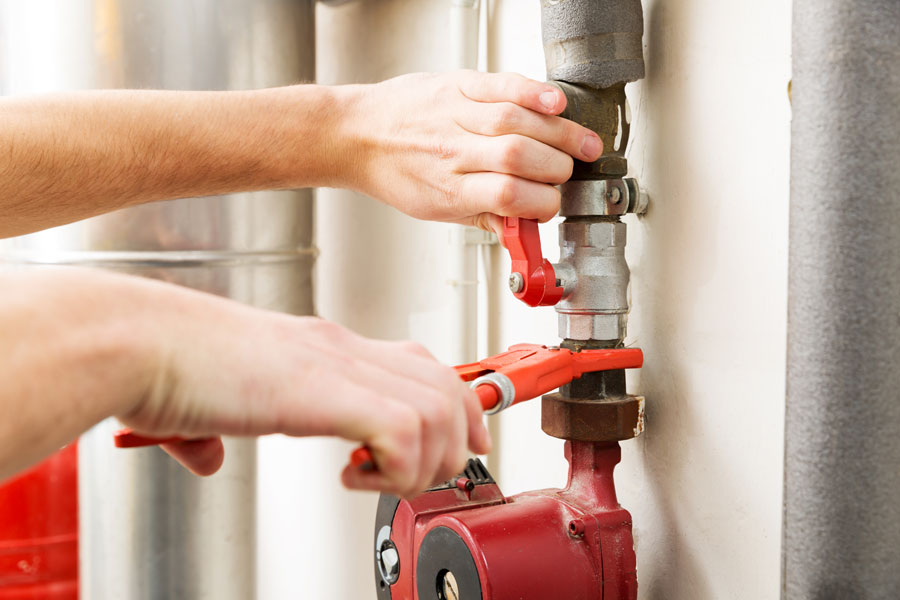The Hidden Dangers of Flushing Cat Litter
Cat owners often face the dilemma of what to do with used cat litter. While it may seem convenient to flush it down the toilet, this practice can lead to serious plumbing problems. Flushing cat litter down the toilet can cause blockages, backups, and even damage to your plumbing system. In this blog post, we’ll explore why you shouldn’t flush cat litter down the toilet and what you can do instead to protect your plumbing.
The Risks of Flushing Cat Litter:
Cat litter is designed to absorb moisture and clump together, making it particularly problematic when flushed down the toilet. Here are some of the key risks associated with flushing cat litter:
- Blockages: Cat litter can clump together in pipes, leading to blockages that restrict the flow of water and waste. These blockages can cause toilets to back up and drains to overflow, resulting in costly repairs and cleanup.
- Damage to Plumbing System: The clumping nature of cat litter can also cause damage to your plumbing system over time. It can adhere to pipe walls, leading to corrosion and deterioration that compromise the integrity of your pipes.
- Environmental Impact: Cat litter often contains clay, silica, or other non-biodegradable materials that can harm the environment when flushed into sewage systems. These materials can clog sewer lines and interfere with wastewater treatment processes, leading to pollution of waterways and ecosystems.
Proper Disposal Methods:
Instead of flushing cat litter down the toilet, consider the following alternative disposal methods:
- Rubbish Bin: Dispose of used cat litter in a securely sealed rubbish bag and place it in the garbage bin for regular collection. This is the safest and most environmentally friendly way to dispose of cat litter.
- Composting: If you use biodegradable cat litter made from materials such as recycled paper or plant fibers, you may be able to compost it along with other organic waste. However, be sure to check with local regulations and guidelines for composting pet waste.
Preventing Plumbing Problems:
To prevent plumbing problems associated with cat litter, follow these tips:
- Educate Household Members: Ensure that everyone in your household understands the importance of not flushing cat litter down the toilet.
- Regular Maintenance: Schedule regular maintenance for your plumbing system, including inspections and cleaning of drains and pipes. Professional plumbers can identify potential issues early on and address them before they become major problems.
Flushing cat litter down the toilet may seem like a convenient solution, but it poses significant risks to your plumbing system and the environment. By disposing of cat litter properly in the trash and following preventive measures, you can protect your plumbing and avoid costly repairs.
For professional assistance with plumbing maintenance or repairs, contact Exell Plumbing Services.
